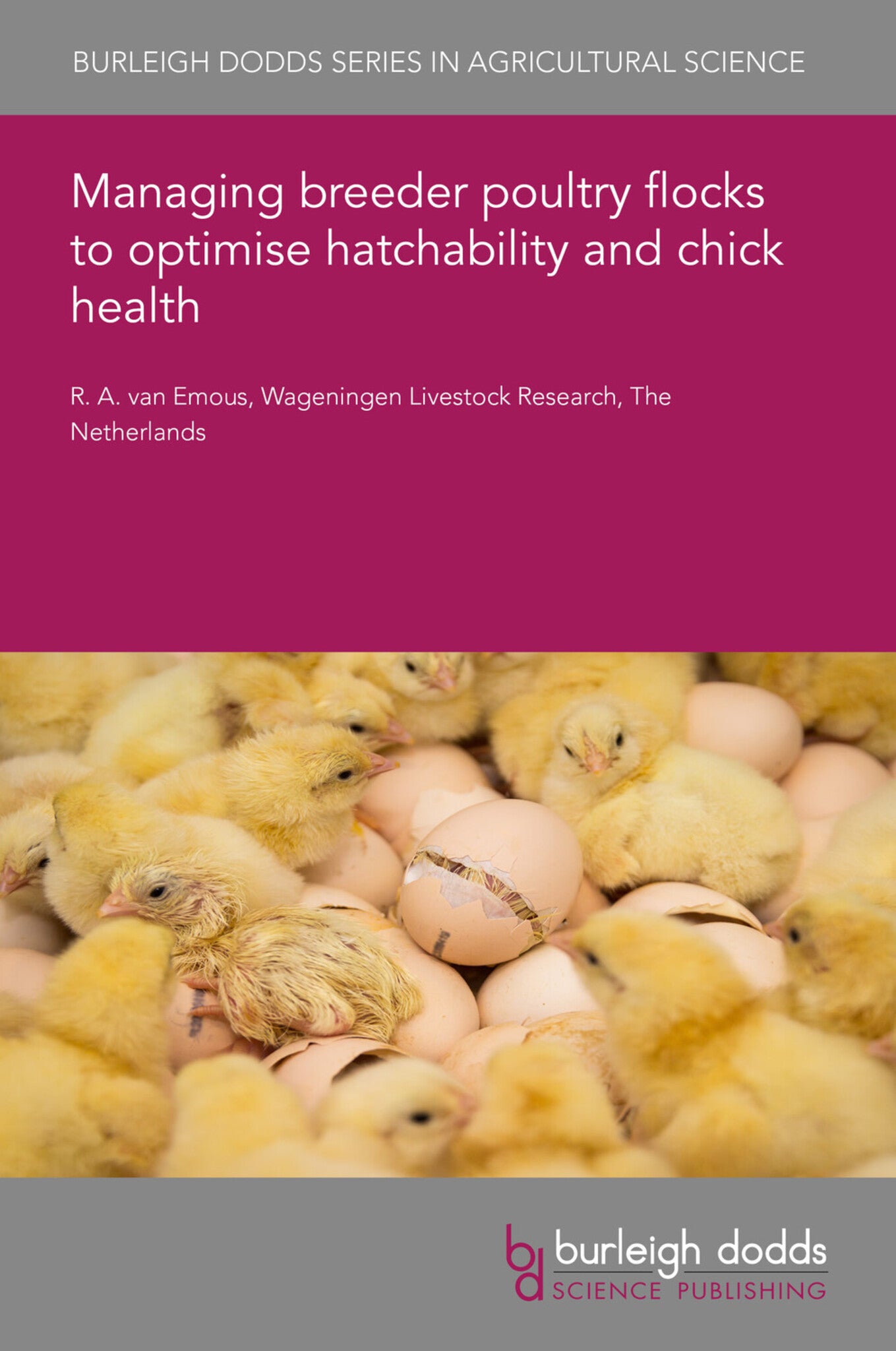We're sorry. An error has occurred
Please cancel or retry.
Managing breeder poultry flocks to optimise hatchability and chick health

Some error occured while loading the Quick View. Please close the Quick View and try reloading the page.
Couldn't load pickup availability
- Format:
-
29 May 2023

A relatively small number of broiler breeders produce globally billions of broilers each year. Optimal reproduction and health in the parent stock is therefore of the utmost importance to optimize product quality, welfare and profitability of the poultry meat chain. Appropriate management during the rearing and production phase is essential to produce a high number of fertile eggs and first-grade quality and healthy chickens. Maximum egg hatchability starts with optimal mating behaviour between the males and females and a wide number of management, housing, equipment and health factors affects fertility, hatchability and chick health. Due to the genetic improvements on breeders, continuous adjustment on daily management is necessary to obtain optimal reproduction performance. This chapter describes the effects of mating behaviour, housing, male to female ratio, nutrition, feed restriction, spiking, female and male body weight and feather cover on fertility, hatchability and chick health.

TECHNOLOGY & ENGINEERING / Agriculture / Animal Husbandry, Poultry farming, TECHNOLOGY & ENGINEERING / Agriculture / Sustainable Agriculture, Sustainable agriculture, Agricultural science

- 1 Introduction
- 2 Mating behaviour
- 3 Housing system
- 4 Male-to-female ratio
- 5 Spiking
- 6 Nutrition
- 7 Feed restriction and feeding programs
- 8 Body weight for females and males
- 9 Feather cover
- 10 Where to look for further information
- 11 References



